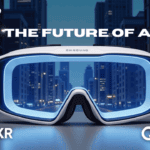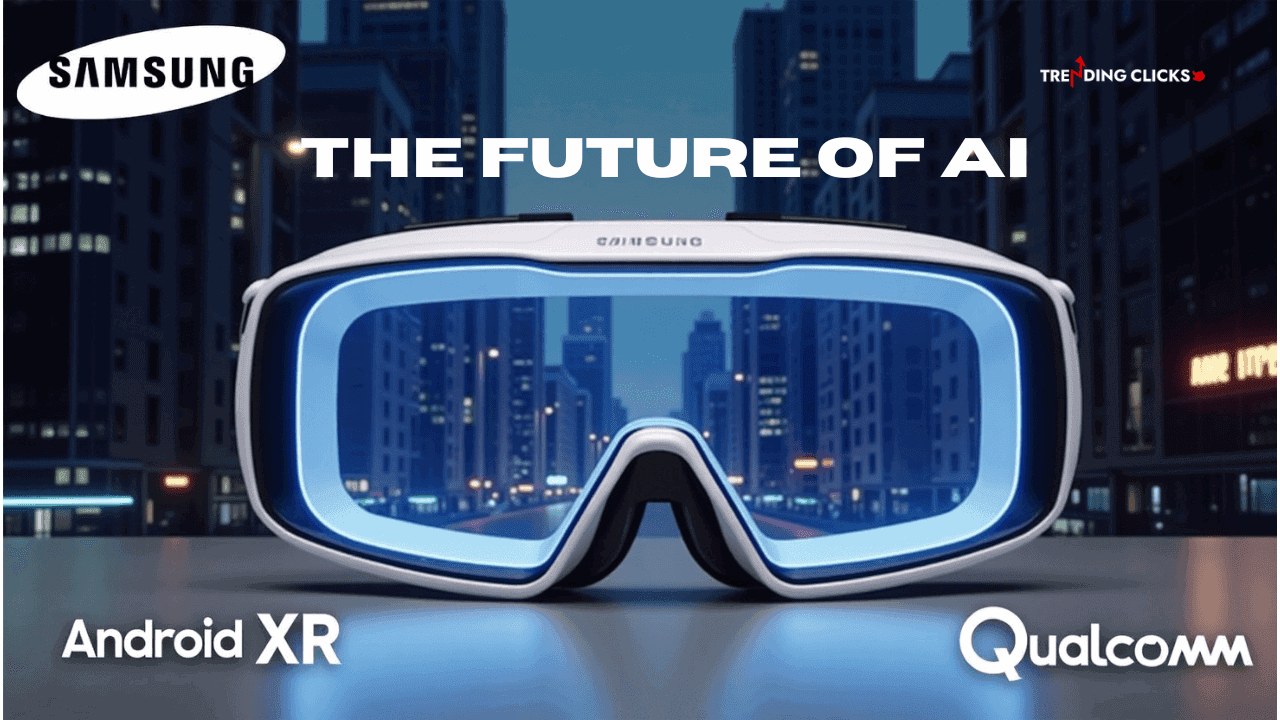Discover Google’s cutting-edge Android XR glasses! ✌ A new way to experience the digital world. Explore the future of augmented reality.
Introduction
The tech world is buzzing with the recent announcement of Android XR by Google, in partnership with Samsung and Qualcomm. This new platform aims to redefine how users experience augmented reality by breaking free from traditional screens. With Android XR, users can explore, connect, and create using headsets and smart glasses, transforming everyday interactions into seamless, immersive experiences.
Android XR, stands out by integrating advanced capabilities such as real-time translations and contextual assistance. This alignment of hardware and software promises to enhance daily life, empowering users with tools to make tasks easier and more intuitive. The upcoming devices built on this platform are expected to revolutionize how individuals interact with technology and their surroundings.
Key Takeaways
- Android XR redefines user interaction through advanced augmented reality features.
- New headsets and glasses will enhance daily tasks with real-time assistance.
- The platform encourages collaboration, enriching the user experience in various environments.
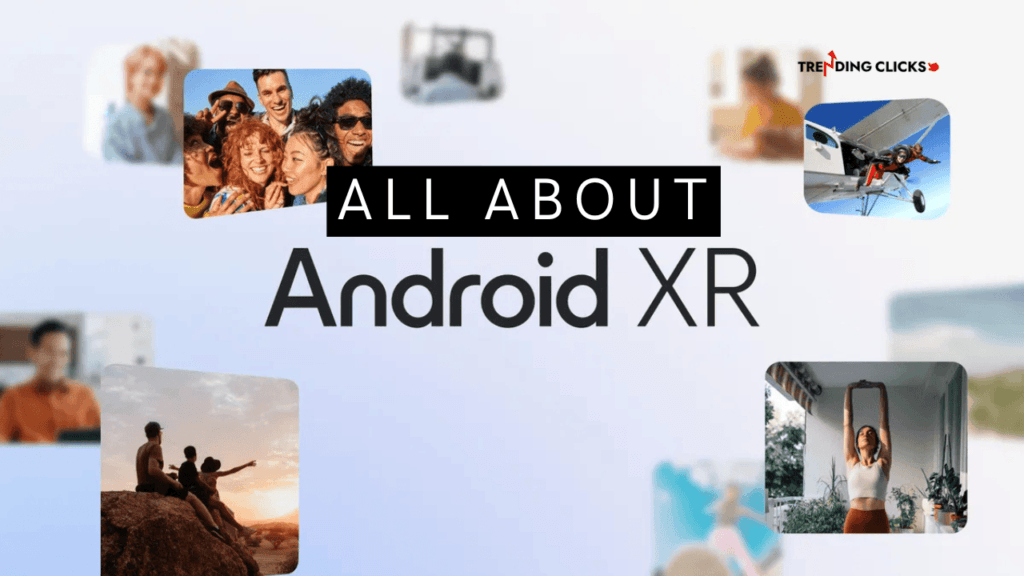
Emergence of Android XR
Computing Evolution and the Timing for XR
The launch of Android XR comes as a significant step in computing. People have relied on traditional screens—like monitors and phones—for their digital experiences. Now, XR offers a chance to go beyond this limitation. The timing aligns well with advancements in technology that make it possible to create a natural and immersive experience.
Collaboration between Google, Samsung, and Qualcomm
Google’s collaboration with Samsung and Qualcomm has been crucial in developing Android XR. The teams from both companies have worked closely together, integrating their strengths to create this innovative platform. This teamwork has brought together software, user experience, and hardware, resulting in a powerful new technology.
Technological Convergence and ‘Gemini’
The technology behind Android XR relies heavily on Gemini’s capabilities. This system allows for advanced processing of signals, making it easier to experience augmented reality. The blend of XR and Gemini provides users with a richer interaction with their environment, enhancing everyday tasks and experiences. With this combination, the potential for practical applications continues to grow.
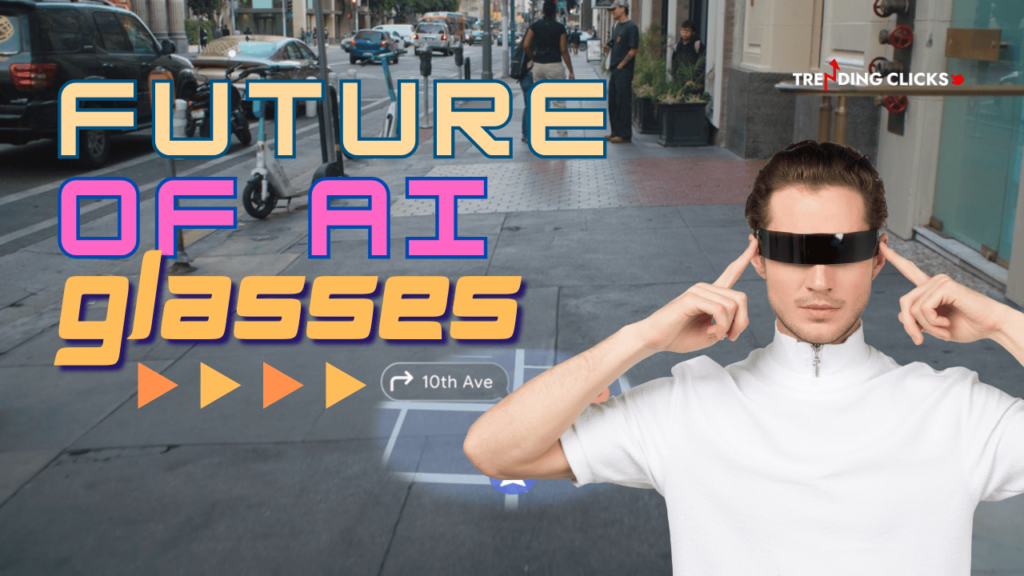
Features of Android XR
Platform Overview for Headsets and Glasses
Android XR, developed in partnership with Samsung and Qualcomm, is designed to enhance reality through headsets and smart glasses. This platform allows for new ways to explore, connect, and create. It provides tools for developers and everyday users, beyond traditional screen displays. With capabilities powered by Gemini, Android XR can process various input types, making interaction feel more natural.
Developer Tools and Reduced Friction
The platform focuses on providing developers with essential tools to build applications that function seamlessly on XR devices. Tools such as AR Core and geospatial APIs ease development, reducing barriers that have existed in the past. The collaboration between Google, Samsung, and a network of designers and device makers has created a strong ecosystem that promotes innovation, allowing for rapid development and deployment of new features and applications.
Integration of Existing Google Services
Android XR integrates existing Google services to enhance user experiences. Users can interact with their favorite apps in a more immersive way. For instance, they can watch YouTube or relive memories in 3D through Google Photos. Google Maps’ immersive features allow users to explore new places easily. This integration makes it easy for people to adapt their daily activities to the XR platform without losing access to familiar services.
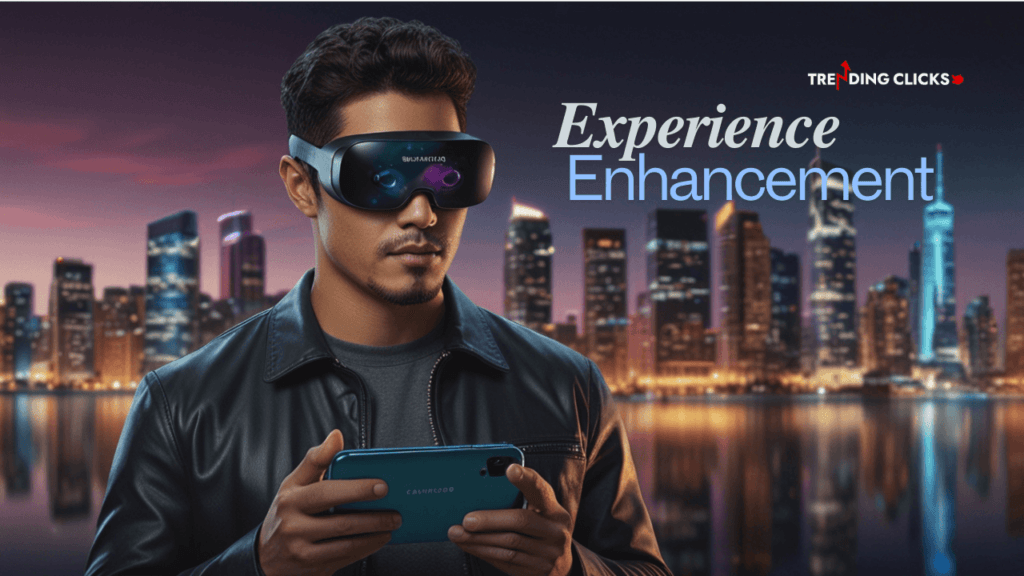
User Experience Enhancements
Real-time Assistance and Interactions
The introduction of Google’s new AI glasses signifies a leap towards a more interactive user experience, with sophisticated real-time assistance capabilities, users can now engage with their environment in a previously unthinkable way. For instance, while navigating a new city, simply asking the glasses for directions can yield audio and visual prompts directly in your line of sight. Imagine walking through a historical district and receiving instant information about landmarks just by looking at them. This immediate interaction boosts convenience and also enhances the overall exploration experience.
Seamless Navigation and Translation
Navigating through unfamiliar territories often breeds anxiety, that sense of uncertainty is reduced drastically with Google’s AI glasses. Envision wearing these glasses while finding your way through bustling streets, with directions overlayed directly into your visual field. Furthermore, the translation feature lets users comprehend signs, menus, and conversations in real time. Hold your gaze on a sign in a foreign language, and hear or see the translation instantaneously. This functionality could be particularly beneficial for travelers and professionals working in international contexts.
Compatibility with Android Apps
The new glasses support a range of Android applications, broadening their utility for users. Popular fitness tracking, note-taking, or social networking apps will be usable on these glasses. Such compatibility suggests that developers can innovate further, perhaps introducing new features tailored specifically for this medium. Users can expect a seamless transition from their phones to their glasses, making this an enticing option for those deeply embedded in the Android ecosystem.
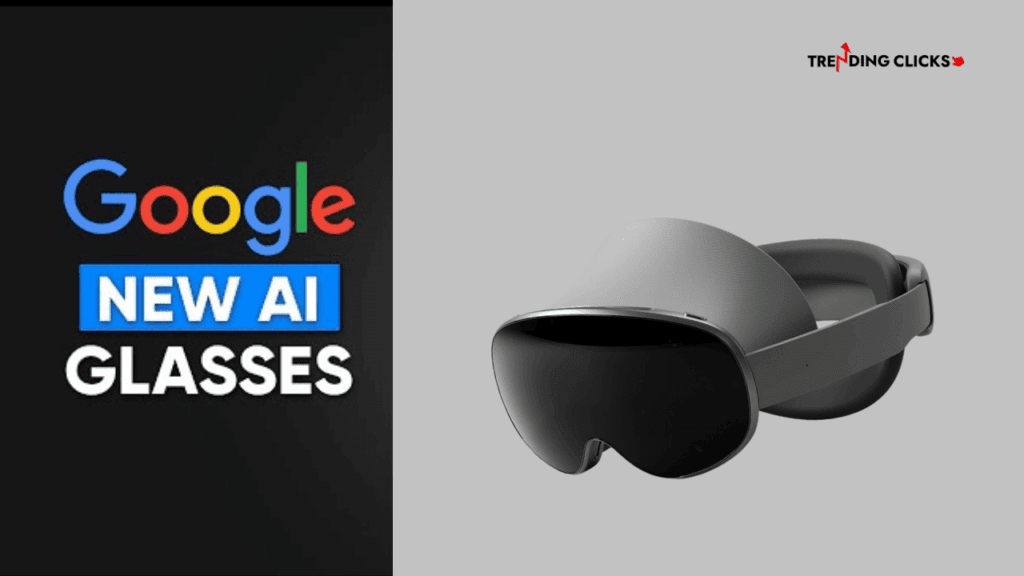
Prospects and Impact on the Future
The Potential of Android XR in the Market
The launch of the Android XR doesn’t just represent a technological advancement; it also has market implications. Industry analysts believe that the demand for augmented reality capabilities is steadily rising. With Google’s established ecosystem and innovation focus, these glasses are positioned to gain significant traction among tech-savvy consumers. The increased accessibility of AR technology may ultimately pave the way for more creative applications across diverse industries including education, healthcare, and entertainment.
Seamless Integration of Reality and Digital Assistance
One of the most promising aspects of Android XR technology is its potential for seamless integration between the physical world and digital assistance. By layering digital information over the real world, users can enjoy a more enriched interaction with their surroundings. For example, while cooking, you could access a recipe overlaying your kitchen counter as you prepare a meal. This blend of real and digital highlights how technology can enhance rather than interrupt daily life.
Anticipated Influence of Gemini AI
Integrating Google’s Gemini AI with the new glasses sets the stage for even deeper user interactions. Gemini AI is designed to understand context and user preferences, which could lead to highly personalized experiences. Imagine your glasses proactively suggesting activities based on your interests and previous experiences. This level of customization may redefine how users interact with both technology and their environment, paving the way for intelligent design that appeals to a broad audience.
Conclusion
The unveiling of Google’s AI glasses marks an exciting new chapter in wearable technology, underscored by significant enhancements in user experience and practical applicability. As these innovations unfold, they carry the potential not only to transform individual routines but also to redefine our interactions with the digital and physical worlds. Adapting to this dynamic landscape invites us all to reconsider how we engage with technology in our everyday lives.





